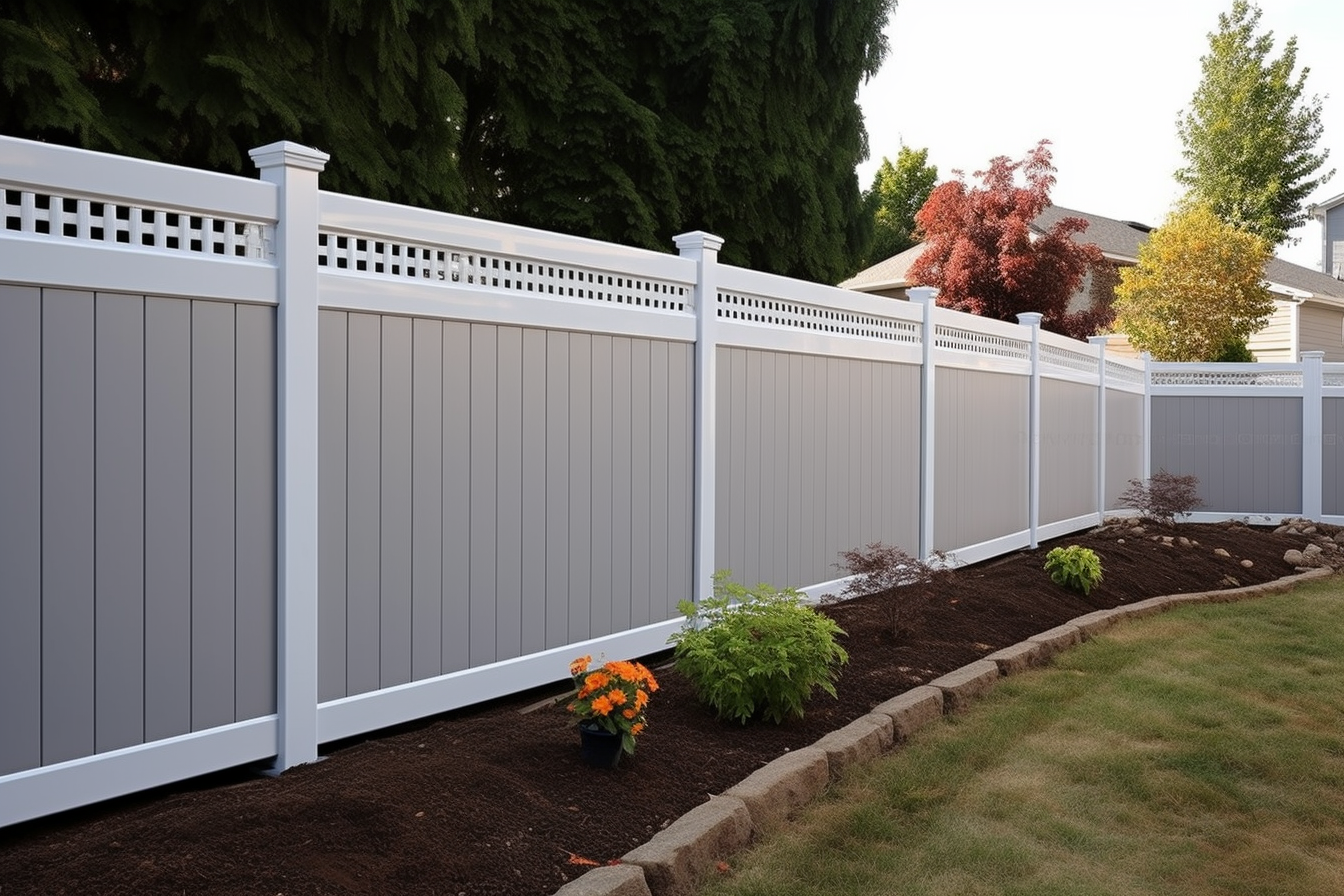How Fence Companies Support Home Improvement and Privacy
Choosing the right fence company is a practical step in many home improvement plans. A professional contractor brings experience in site assessment, materials selection, and local construction rules, helping homeowners match a fence to garden layouts, privacy goals, and long‑term maintenance needs. This article outlines common services, material and permit considerations, and how fences fit into broader landscape and safety objectives.

Fence services and installation options
Fence companies typically offer a range of services from supply and installation to repair and removal. Common installation types include post‑and‑rail, picket, privacy panels, and metal or vinyl systems. Professionals will survey the property line, set posts to code, and ensure alignment and level. Many firms also offer staining, painting, or sealing as part of installation packages so the fence lasts longer and integrates with the overall home improvement plan.
How do companies address garden and landscape needs
When a fence borders a garden, companies must consider plant lines, root systems, and irrigation. Installers can recommend styles that protect beds from wind and animals while preserving sunlight for plants. Options such as raised planters, trellis attachments, or short garden fences allow gardeners to maintain aesthetic sightlines. Collaboration between landscapers and fence contractors helps ensure the fence enhances rather than disrupts garden drainage or mature tree root zones.
Role of fence contractors in home improvement projects
Fence work often forms a visible part of larger renovation projects, tying curb appeal and functional outdoor space together. Contractors coordinate with homeowners and other trades to align schedules and avoid conflicts with paving, deck construction, or exterior painting. A fence company can advise on material choices that complement siding or roofing and on heights that comply with local home improvement regulations, preserving property value and neighborhood standards.
Materials, permits, and construction considerations
Choosing between wood, vinyl, aluminum, steel, or composite materials affects durability, maintenance, and cost. Construction considerations include post depth, concrete footings, and how terrain slopes are handled. Many locations require permits or adherence to setback and height rules; experienced companies navigate permitting and inspections. Proper construction details — such as galvanizing hardware and using pressure‑treated lumber where needed — reduce long‑term repair needs and align with building codes.
How fences contribute to privacy and security
Privacy fences are designed to limit sightlines and reduce noise while enhancing security. Solid panel fences, tall timber, and closely spaced pickets are common choices to create private outdoor rooms. Beyond visual privacy, companies can integrate gates with locks, motion‑sensing lighting, and hardware suitable for frequent use. Design choices can balance privacy with ventilation and light, and installers can recommend appropriate heights and sightline solutions that comply with local regulations.
Choosing local services and ongoing maintenance
Selecting a fence company in your area involves checking licenses, insurance, references, and warranties. Local firms are often more familiar with municipal regulations and typical weather impacts that affect construction and maintenance. After installation, routine maintenance such as staining, replacing damaged boards, tightening hardware, and clearing vegetation will extend a fence’s lifespan. Many companies offer maintenance plans or seasonal inspections to catch issues early and protect the investment.
Conclusion
Fence companies provide a mix of design input, construction expertise, and project coordination that supports garden aesthetics, home improvement goals, and privacy needs. Understanding material options, permit requirements, and maintenance obligations helps homeowners make informed choices that align with long‑term property plans and local construction practices.






